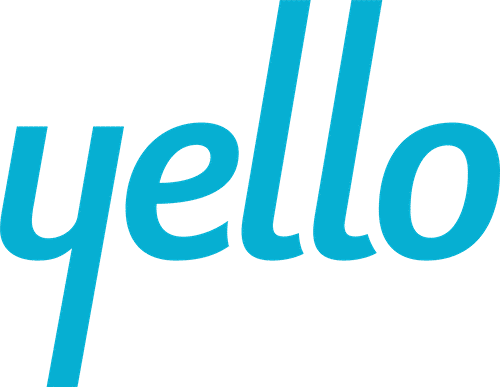One of the key elements of any successful talent acquisition strategy is fully understanding the metrics behind every candidate interaction. Measuring the candidate experience — and using those metrics to continually improve your talent acquisition strategy — can keep your recruitment brand top of mind for top talent. Incorporate the below steps into your candidate experience plan to gain a better understanding into candidates’ experiences with your company, and to take the steps needed to ensure it is a positive experience.
Set candidate experience priorities.
If measuring your company’s candidate experience is a new initiative, identify the aspects of the candidate experience that are most important to your team (ex: recruitment marketing brand, candidate communication, in-person interview experience, etc.). This will help narrow the focus to measure candidate interactions that will have the largest impact on your team’s success.
Implement candidate touchpoint tools.
Tools such as mobile recruiting apps or interview scheduling software create processes to provide a streamlined candidate experience, while capturing valuable candidate data.
Mobile recruiting apps eliminate paper recruitment processes to create a positive experience for candidates and recruiters, while collecting all candidate data compliantly. Every member of the recruiting team can access candidate data to measure the full candidate lifecycle.
Interview scheduling software automates the scheduling process to meet top candidates faster and eliminate unnecessary logistical communications. Candidates can self-schedule from any device and recruiters can access schedules, set up multiple interviews at once and make real-time changes. This allows the recruiting team to assess the amount of time spent on both the scheduling and interview process.
Incorporate measurement metrics into every candidate communication.
Include a brief question in your job applications to capture the pre-applicant experience. Potential candidates have already done research before they applied, including reading reviews and researching your company online, so use the job application to capture their experience with your company’s recruitment marketing efforts.
Provide accessible measurement avenues.
Provide candidates with the option to review your recruitment experience throughout the process. Include a link to an evaluation form at the bottom of every candidate facing email, instead of only waiting to survey candidates at the end of the interview process.
Measure application time.
How long does it take to fill out a job application with your company? If you haven’t tested it, apply to one of your company’s open positions. If the form requires redundant information, includes form fields that can easily be completed from a LinkedIn profile, or data that could be captured at a later stage in the process, adjust the application to convert a higher volume of applicants.
Measure recruiter response time.
Recruiting software tracks all communication between the recruiter and candidate. Use this functionality to asses the response time between applicants and candidates. Meet with your team regularly to discuss the importance of timely communication and a quick interview process.
Measure acceptance rate.
What percentage of your job offers are accepted? If it isn’t close to 100%, find out why some candidates aren’t accepting your offers and use this to shape your approach moving forward. While some reasons will be out of your control, other reasons, such as too long of an interview process, can be resolved moving forward.
Automate the feedback process.
As soon as a role closes, send an automated survey to every applicant who applied. This provides your team with an overall view into the candidate experience, ranging from applicants who applied and never advanced, to those who received received an offer.
Use these insights to improve your strategy moving forward.
Gaining accurate insight into candidates’ experience with your company will help you focus on the efforts that result in the biggest impact. Determining the trigger points that cause candidates to drop out of your interview process or decline your offers will help you make the most strategic changes, to ensure you are able to attract and hire top talent.
Learn more about delivering the ultimate candidate experience through the use of mobile recruiting apps and interview scheduling software.


